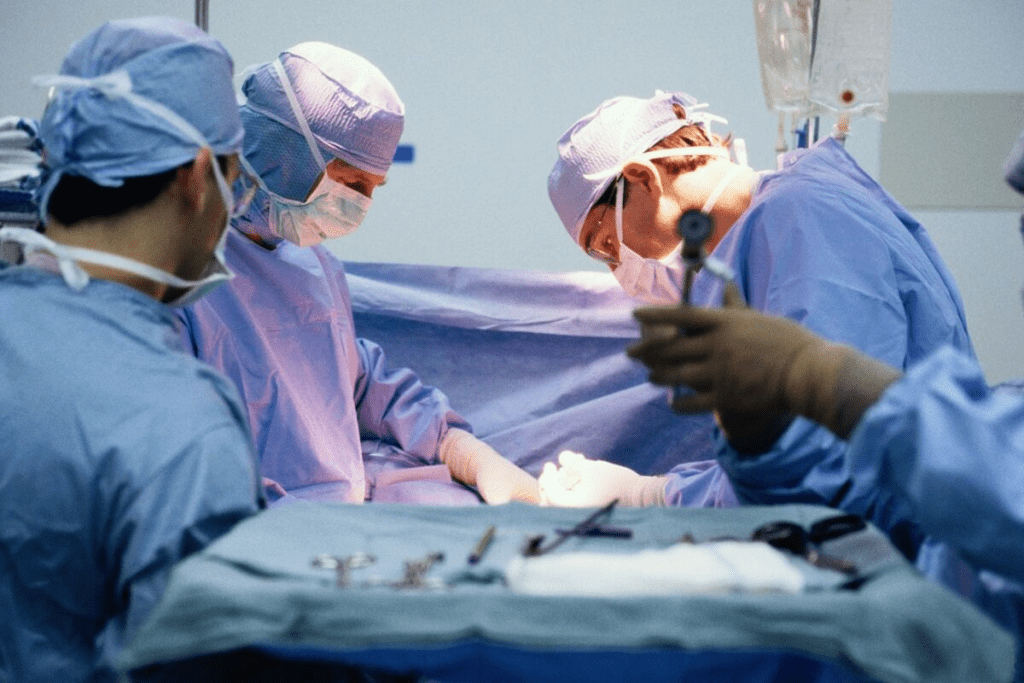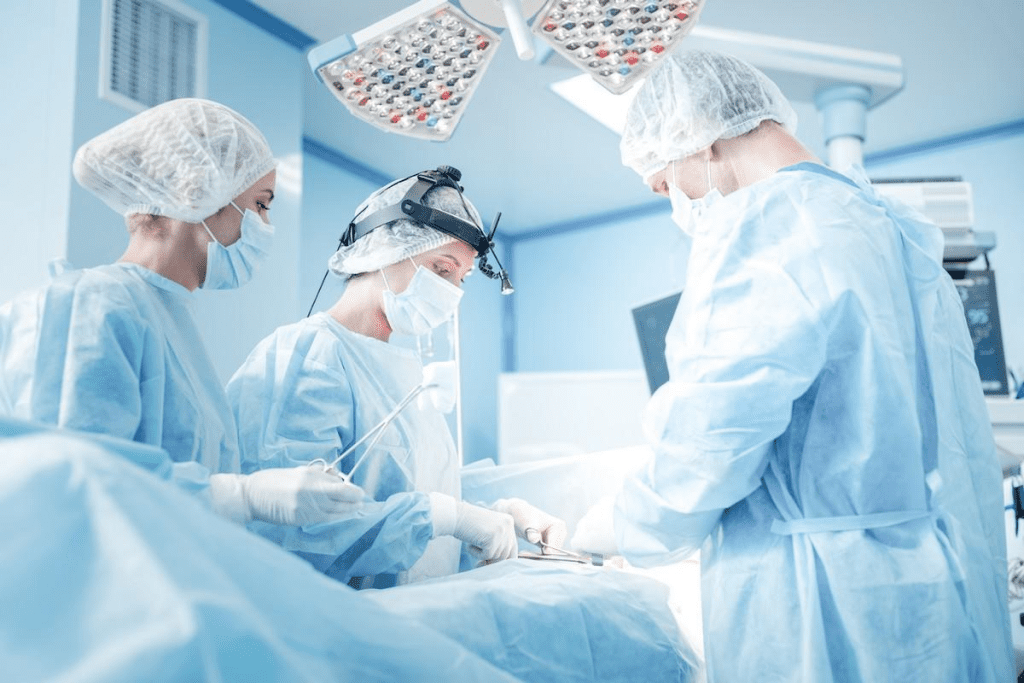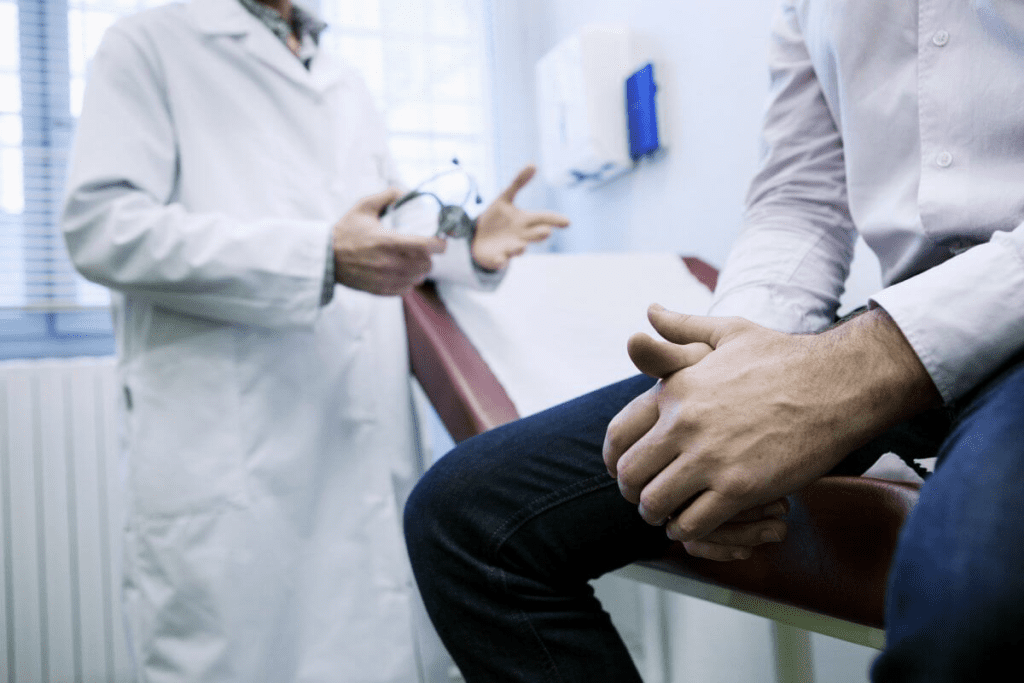Last Updated on November 25, 2025 by

Having a TURP procedure can worry many people. A big question is whether they can drive after it. Why no driving after TURP? Learn the TERF post-op facts. The restriction is due to pain medication and the need for physical healing.
The reason for not driving after TURP surgery is clear. It’s because of the risks from anesthesia effects. Also, pain meds can make you drowsy. Plus, there’s a chance of bleeding or infection.
A TURP is a surgery that cuts away part of the prostate. It’s suggested when the prostate is too big and meds don’t help.
It’s important for patients to know about TURP and recovery. We’ll explain the TURP procedure and what to expect after surgery.
TURP uses a thin metal tube called a resectoscope. It has a light, camera, and wire loop. The surgery is done under general or spinal anesthesia, so the patient won’t feel pain.
During the TURP procedure, the surgeon removes part of the prostate gland that blocks urine flow. They use the resectoscope through the urethra, avoiding any cuts. The whole surgery usually takes about 90 minutes.

After surgery, patients stay in the hospital for 1 to 3 days. A catheter is left in to help the urethra heal. They watch for any problems and manage pain well.
The main parts of recovery include:
Knowing about TURP and recovery helps patients follow instructions better. This can reduce risks.
After TURP surgery, doctors often tell patients not to drive. This is because there are risks after surgery. It’s important to keep yourself and others safe on the road.
Anesthesia can affect your mind and judgment long after surgery. Anesthesia’s residual effects can slow down your reaction time. It’s best to wait until these effects go away before driving.

Managing pain is key after TURP surgery. But, pain medications can make you feel sleepy and slow. Always follow your doctor’s advice on medication and talk about any issues.
After TURP surgery, you might feel uncomfortable and have trouble moving. Driving can be hard when you’re in pain and can’t move well. Wait until you feel better before driving again.
In short, anesthesia, pain meds, and discomfort after TURP surgery make driving risky. Knowing these risks helps patients make safe choices during recovery.
TURP surgery is effective but comes with risks. These risks can affect your ability to drive safely after the surgery. It’s important to know the possible complications and how they might impact your daily life, including driving.
One big risk after TURP surgery is sudden bleeding. This can be very dangerous while driving because it might cause loss of control or the need for quick medical help. It’s key to watch your condition closely and know the signs of bleeding, like blood in urine or clots.
Urinary urgency is another issue that can be risky while driving. It can be unpredictable and might need you to stop or adjust often. Also, problems with the catheter can cause discomfort or leaks. Good catheter care and knowing the signs of urinary tract infections can help avoid these problems.
Infections are a big worry after TURP surgery. Signs like fever, chills, or more pain can show up fast and might need quick medical help. Spotting these signs early and getting medical help fast is key to avoiding problems that could affect your driving.
Some important signs to watch for include:
Knowing about these risks and taking steps to avoid them can help. While recovering from TURP, remember that conditions like turbo cancer aren’t directly linked to driving risks right after surgery. But, your overall health is very important.
By understanding these risks and taking the right precautions, patients can safely get through the recovery period. Always talk to your healthcare provider for advice on when it’s safe to start driving again after TURP surgery.
Recent studies have shed light on the recovery process and safety risks of the TURP procedure. It’s clear that knowing the risks and complications is key for patient safety.
About 15% of patients face emergency complications within 30 days after TURP surgery. These can include severe bleeding and infections. This shows the importance of careful post-operative care.
Such complications can greatly affect a patient’s recovery. They need a cautious approach to returning to normal activities, like driving.
A study found that 14.6% of patients needing early catheter removal after TURP surgery went to emergency care. This shows the risks of early catheter removal. It also stresses the need to follow post-surgical guidelines.
Emergency care is often needed for complications like urinary retention or severe bleeding. These can be life-threatening if not treated quickly.
Complications from TURP surgery can make it hard for patients to focus and react quickly. This increases the risk of accidents. For example, sudden bleeding or urinary urgency can distract a driver, leading to accidents.
Also, the physical discomfort and limited mobility from complications can raise the risk even more. It’s very important for patients to avoid driving early in their recovery.
Getting back to driving after TURP (Transurethral Resection of the Prostate) surgery is a big step in recovery. It’s important to follow medical advice and check your own recovery progress.
Doctors usually say no driving for a few days to a week after TURP surgery. This time helps the body heal and lowers the chance of problems. You should wait until you can stop quickly and aren’t in pain or foggy from meds.
Guidelines say you should be able to:
There are signs you’re ready to drive after TURP. These include:
It’s also key to think about your overall recovery and any issues from TURP. Problems like infection, bleeding, or urinary issues can affect driving. Make sure these are managed before you drive again.
By sticking to these rules and listening to your body, you can decide when it’s safe to drive after TURP. This helps keep you and others safe on the road.
Keeping yourself safe after a TURP procedure is key to a smooth recovery. The TURP surgery deals with the prostate gland. This can lead to discomfort, urinary issues, or sexual problems. It’s important to know the risks of driving too soon.
It’s best to avoid driving for a few weeks after surgery. This helps prevent issues like urine control problems, erection issues, or blood clots. By following your doctor’s advice and knowing the possible side effects, you can recover safely. Our team is here to help you through every step of your recovery.
It’s vital to understand and follow your doctor’s instructions closely. This way, you can avoid any complications. While turbo cancer is a worry, TURP mainly helps with enlarged prostate symptoms. By focusing on your safety and following guidelines, you can reduce risks and recover well.
TURP stands for Transurethral Resection of the Prostate. It’s a surgery to remove part of the prostate gland. A resectoscope is used. The surgery is done under anesthesia to keep the patient pain-free.
After TURP surgery, you might stay in the hospital for 1 to 3 days. But, it can take longer to fully recover. This depends on how well you heal.
Driving is not allowed right after TURP surgery. This is because of the anesthesia and pain meds. They can make you feel slow and not very alert.
Complications like sudden bleeding, urgent need to pee, and infection can happen. These issues can make driving very risky.
You can drive again when you can stop quickly and feel okay. You should not be in too much pain or feel confused. Also, your mobility and pain should be better.
Semen retention, or retrograde ejaculation, is when semen goes into the bladder instead of out. It’s a side effect of TURP. The surgery can mess with how the prostate works.
In medicine, “bore” means the size of a tool, like a needle. It’s not about TURP but is used in many medical procedures.
“Turbo cancer” is not a real medical term. It might be a made-up or confusing term. It’s not linked to TURP or prostate health.
TURP removes part of the prostate gland with a special tool. The surgery is done under anesthesia to reduce pain.
TURP might change how you ejaculate. Some men might not ejaculate normally. But, how it affects orgasm can vary.
“Strenuous” means hard or tiring. After TURP, avoiding hard activities helps prevent problems.
“Op” in medicine means “operation” or surgery. It can refer to any surgery, including TURP.
Subscribe to our e-newsletter to stay informed about the latest innovations in the world of health and exclusive offers!